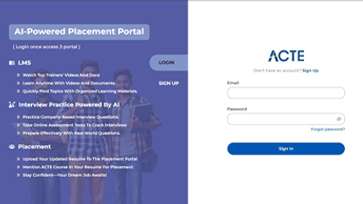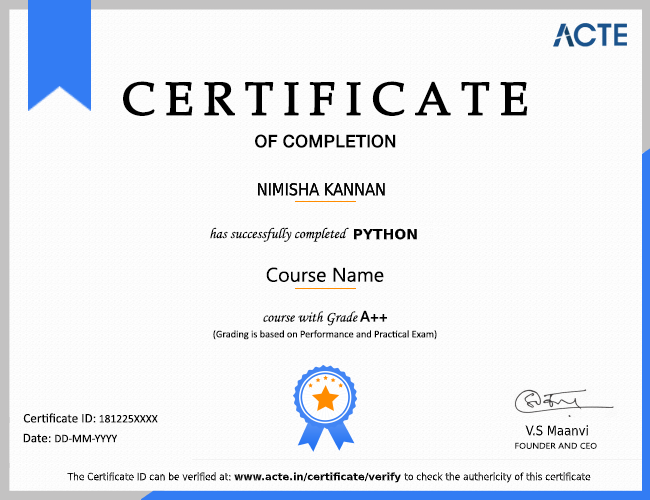iOS Development training by ACTE will develop the core skills required to become a certified iOS developer. This course will train you on the detailed process of the app development using Xcode and Swift, and also provides deep knowledge on the core functionality of iOS, iOS architecture, Objective-C, Core Data, testing, and more through real-time use cases and projects.Enroll Now with us ACTE iOS Classroom & Online Training Course.
Become an iOS Developer in 2020: The 3 Pillars to Jumpstart your Career. More and more companies are relying on mobile apps, so iOS developers are in high demand. Becoming an iOS developer takes some effort though, and the talent shortage keeps driving salaries higher and higher, even for entry-level positions
Yes, iOS developers are in demand. But the basic rule is demand and supply, and now days market is over loaded with iOS developers. It's always good if some one can work on every part of a software system. You should be able to write back-end as well for your mobile(iOS) apps.
- Buy a Mac (and iPhone — if you don’t have one)
- Install Xcode.
- Learn basics of programming (probably the hardest point).
- Create a few different apps from step-by-step tutorials.
- Start working on your own, custom app.
- In the meantime, learn as much as you can about software development generally.
- Finish your app.
- Publish your app to the App Store.
- Upload your app to GitHub.
- Contact the company you want to work in!
We are happy and proud to say that we have strong relationship with over 700+ small, mid-sized and MNCs. Many of these companies have openings for IOS analyst. Moreover, we have a very active placement cell that provides 100% placement assistance to our students. The cell also contributes by training students in mock interviews and discussions even after the course completion.
- Education (if degree obtained or important classes taken)
- Work experience.
- Open source (provide links)
- Your apps (provide links if possible)
- Most relevant technical skills (keep it minimal)
- Anything else noteworthy (clubs you were in, developer meetup you founded, hackathon you won)
Let's first talk about what skills you need to build your own apps. Master Xcode: Xcode is the Mac app you use to create apps. Swift Programming: Swift is the powerful programming language that you use to code iOS, macOS, tvOS and watchOS apps. Build UIs: Every app needs a User Interface (UI).
Yes you can learn Swift and iOS Development without any prior coding experience. Swift has been designed by some of the brightest minds at Apple and they have made sure that the language is easy to learn even by absolute beginners.
Our courseware is designed to give a hands-on approach to the students in IOS. The course is made up of theoretical classes that teach the basics of each module followed by high-intensity practical sessions reflecting the current challenges and needs of the industry that will demand the students’ time and commitment.
Our course runs full-time for 12 weeks, but iOS development can take way longer to learn for a few reasons: First iOS basics are just super hard to get comfortable with on your own—mostly because Objective C is a difficult language in a lot of different ways (it looks pretty funky compared to other languages).
Some things are just very difficult and hard to learn because mobile development is a very difficult area of software engineering.But on the other hand users expect apps to be very fancy and powerful. So it is indeed very hard to become an iOS developer – and even harder if you don't have enough of passion for it.
- You'll be working with a technology you are passionate about.
- You're likely to make more money on iOS.
- iOS developer tools are more sophisticated.
- iOS is considered easier for beginners.
- There'll be less updates to make.
Getting Started with iOS App Development
iOS Development
iOS is Apple’s mobile OS that runs on an iPhone, iPad, iPod Touch hardware. Apple provides tools and resources for creating iOS apps and accessories for these devices. As an iOS developer, you can program in native languages such as Swift or Objective-C or build cross-platform native applications using React Native (JavaScript) or Xamarin (C# & F#).
Developer Requirements
To develop iOS apps, you need a Mac computer running the latest version of Xcode. Xcode is Apple’s IDE (Integrated Development Environment) for both Mac and iOS apps. Xcode is the graphical interface you'll use to write iOS apps. Xcode includes the iOS SDK, tools, compilers, and frameworks you need specifically to design, develop, write code, and debug an app for iOS. For native mobile app development on iOS, Apple suggests using the modern Swift programming language.
It is important to note that Xcode only runs on Mac OS X and the only supported way to develop iOS apps.
iOS Software Development Kit (SDK)
Explore the tools, technologies, capabilities, and languages included in the iOS SDK that make app development possible. Some iOS SDK essentials are the Cocoa Touch frameworks that include the UIKit, GameKit, PushKit, Foundation Kit, and MapKit. These frameworks and others allow you manipulate the iPhone or iPad camera, add voice interaction using SiriKit, explore music with MusicKit, expand viewing and listening via AirPlay 2, and even add iMessage Business Chat to your application. iOS 11 added the power of machine learning with Core ML and augmented reality (AR) experiences with ARKit.
Launch Xcode and create a New Project
Get familiar with Xcode
Build and run your app using the built-in iOS Simulator app that’s included in Xcode. The iOS Simulator is a great way to see what your app will look like and you can interact with it as if you were on a real device. You can simulate your app on a variety of hardware types and iOS versions.
Beta Testing
Once you have built and tested (using XCTest framework or iOS Unit test) your app, you can invite users to your apps and collect feedback using TestFlight prior to deploying to the App Store. This is a good time for testing Push Notifications, data storage using Core Data, and making network calls to 3rd party APIs. To get going, you simply upload a beta build of your app, and use iTunes Connect to add the name and email of testers. The testers will install the TestFlight app for iOS so they can interact with your app and provide valuable feedback.
Cloud Testing
Testing your iOS app on real devices is critically important since the performance of the real device, different operating system versions, modifications made by manufacturer and carriers firmware may lead to unexpected issues with your app. Testing on real device gives you a more accurate understanding of how your users interact with your app.
On the other hand, obtaining physical devices for testing is a logistical challenge. This is where cloud testing comes into play. With cloud testing, you can test your application on real devices that are accessible on the cloud. You can perform a manual test or run automated tests to ensure the quality of your application.
Deployment
Once you have built, tested, and beta tested your iOS app, you can deploy to the App Store. At this point, you must join the Apple Developer Program. As a member, you’ll get access to beta software, advanced app capabilities, extensive beta testing tools, and app analytics.






























